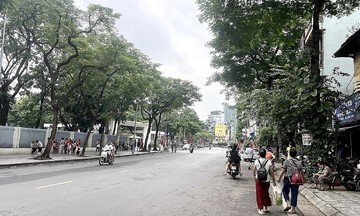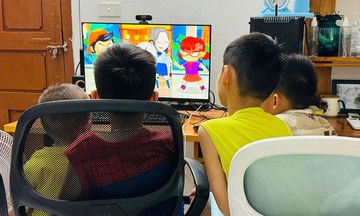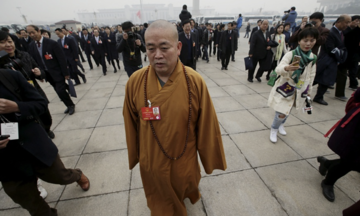Christel Goh, a 34-year-old communications director, says her daughter isn't worried about sharing attention. Her concern is more practical: "How can mommy carry both of us?" Goh and her husband agree. They don't want to divide their resources and focus among multiple children. After their first child, they felt they had fully experienced parenthood and saw no reason for more.
 |
Christel Goh's family. Photo: CNA |
Christel Goh's family. Photo: CNA
Nikko Aw, 36, and her husband, a non-profit manager, have one daughter and no plans for more. Initially, they focused on their master's degrees. By the time they finished, they were 35 and concerned about pregnancy complications. Around the same time, Aw relocated to South Africa for her husband's new job.
Aw is an only child, while her husband has siblings. She believes that those raised in smaller families tend to maintain that model, while those from larger families often desire more children.
A growing number of Singaporean families are choosing to have only one child. In 2024, 25.1% of women in Singapore had only one child, up from 22.3% in 2015 and 17.3% in 2005.
Sociologists say this trend isn't unique to Singapore; it's a global phenomenon.
In the US, the percentage of women with only one child at the end of their childbearing years rose from 10% in 1980 to 19% in 2010 and has remained steady since. In Europe, statistics from last year show 49.8% of families with children have only one.
In Japan, 19.7% of couples considered finished with childbearing had only one child in 2021, up from 15.9% in 2010. In South Korea, 24.9% of married women aged 40-49 had only one child in 2020, significantly higher than the 9.5% rate for women over 60.
Sociologists and gerontologists say the single-child family trend is rising globally, largely due to practical pressures like the high cost of living and limited time in dual-income households.
Shifting values also play a role. While previous generations saw children as support in old age, today's parents have fewer such expectations, reducing the motivation for larger families.
Despite varying reasons, experts generally agree this is a slow but steady trend, unlikely to reverse given declining global birth rates.
As a child, Nikko Aw asked her parents why she didn't have siblings like her friends. They explained that having more children would require lifestyle adjustments, such as fewer overseas trips and sharing a bedroom. Aw said "no," and her parents decided one child was enough.
Cost is a common reason parents cite for not having more children. However, experts say financial burdens aren't the only factor.
Associate Professor Helen Ko at the Singapore University of Social Sciences says some families, having cared for aging parents, are unsure they can afford more children.
Increased lifespan and decreased birth rates mean fewer working-age people per citizen aged 65 and over. This ratio dropped from 7.4 in 2010 to 4.3 in 2020 and is projected to be around 3.5 in 2024.
For Nikko Aw, finances are a factor, but not the deciding one. She wants to ensure her daughter has a fulfilling childhood and that she has the mental and physical energy to be present for her.
"I don't want to be so exhausted that I can't be there for her," she said.
Experts say later marriage and childbirth also contribute to the rise of single-child families, as the reproductive window shortens.
The average age of first-time mothers in Singapore has steadily increased, from 29.3 in 2004 to 30.4 in 2014 and 31.9 last year.
Dr. Tan Poh Lin, a senior research fellow at the Institute of Policy Studies, Singapore, says families previously had more children for playmates, to have a son or daughter, or to conform to the "complete" family norm.
However, she believes these factors now hold less sway.
She adds that with gender preferences declining, fewer families are willing to have more children solely for a desired gender balance. Over time, this reinforces the idea that a one-child family is as "complete" as a two-child family.
Associate Professor Helen Ko, a gerontologist at the Singapore University of Social Sciences, notes that previous generations often saw children as an investment for old age. In contrast, those in their 20s and 40s now understand they must actively prepare for later life to lessen the burden on their children.
Nikko Aw and her husband are planning financially and building a strong social network to reduce reliance on their daughter in old age, both emotionally and for daily support.
As an only child, Aw recalls the difficult decision to move to South Africa, especially after her father's health issue.
Now, she calls her parents daily and relies on relatives and friends to support them. Aw's parents understand she must prioritize her own family, meaning she can't always be there for them.
"The most important thing to them is that I know what I'm doing and that I'm happy. They will miss me, but they accept it," she said.
Ngoc Ngan (CNA)












